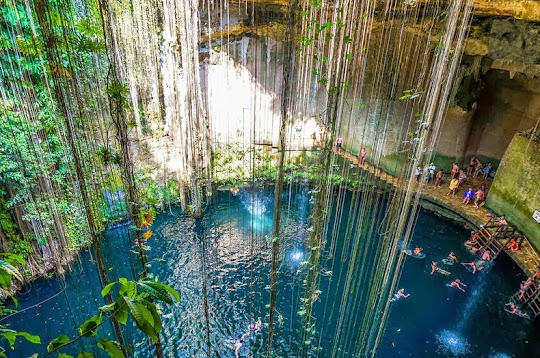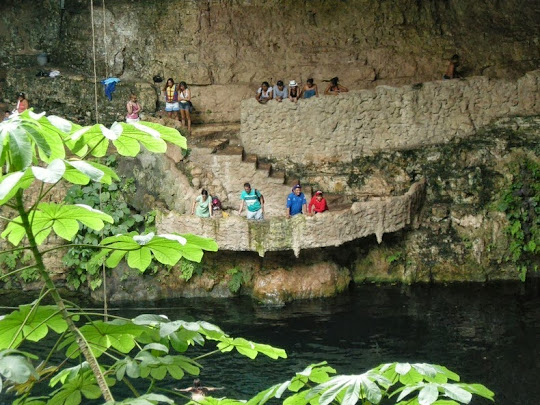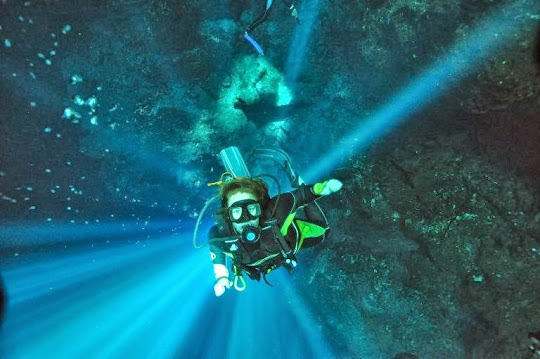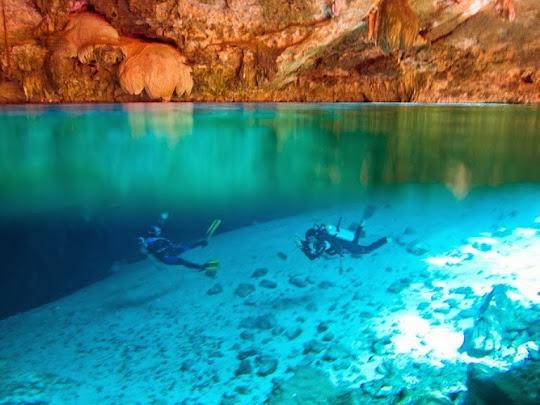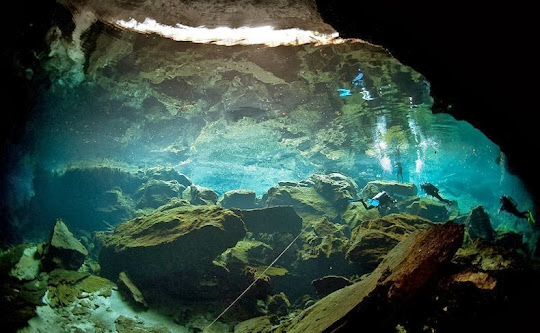The Brusio spiral viaduct is a single track nine-arched stone spiral railway viaduct located in Brusio, in the Canton of Graubünden, Switzerland. Like most spiral tracks, the Brusio spiral viaduct was built to allow trains to gain elevation in a relatively short distance. The spiral viaduct is 110 meters long, has a horizontal radius of curvature of 70 meters, a longitudinal slope of 7%, and is made up of nine spans, each 10 meters in length. The viaduct lifts the train by 20 meters.
The Brusio spiral viaduct forms part of the Bernina Railway section between Brusio and Campascio, and is approximately 55 kilometres from St. Moritz. The stone-built viaduct was opened on 1 July 1908, upon the opening of the Tirano–Poschiavo section of the Bernina Railway. In 1943, the whole of that railway company was taken over by the Rhaetian Railway, which still owns and uses the spiral viaduct today.
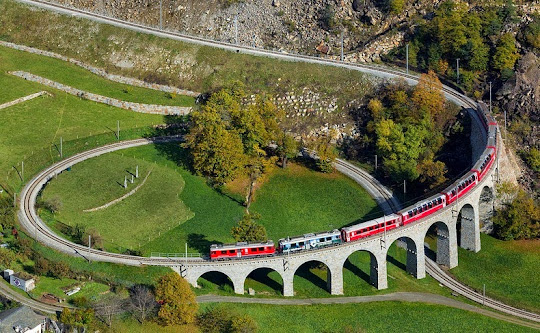
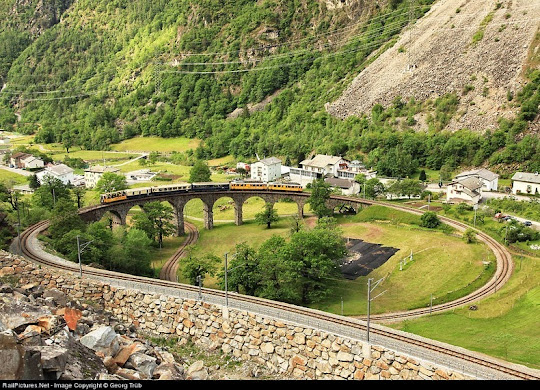
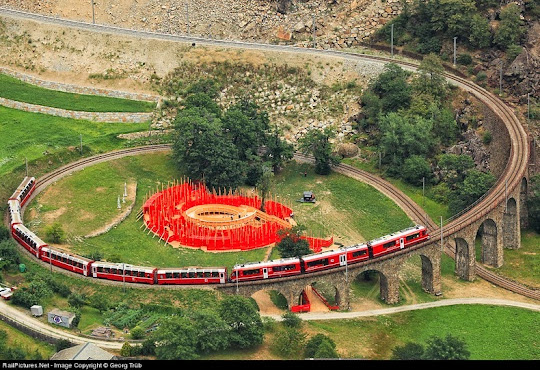
40 seconds after passing under the viaduct near Brusio, BERNINA EXPRESS 960 Tirano-Davos with Allegra trainset ABe 8/12 3505 "Giovanni Segantini" and 6 panorama coaches is completing the spiral. In the middle the temporary labyrinth, an installation for the 100th anniversary of the Bernina line.








Source
READ MORE»
The Brusio spiral viaduct forms part of the Bernina Railway section between Brusio and Campascio, and is approximately 55 kilometres from St. Moritz. The stone-built viaduct was opened on 1 July 1908, upon the opening of the Tirano–Poschiavo section of the Bernina Railway. In 1943, the whole of that railway company was taken over by the Rhaetian Railway, which still owns and uses the spiral viaduct today.



40 seconds after passing under the viaduct near Brusio, BERNINA EXPRESS 960 Tirano-Davos with Allegra trainset ABe 8/12 3505 "Giovanni Segantini" and 6 panorama coaches is completing the spiral. In the middle the temporary labyrinth, an installation for the 100th anniversary of the Bernina line.








Source







